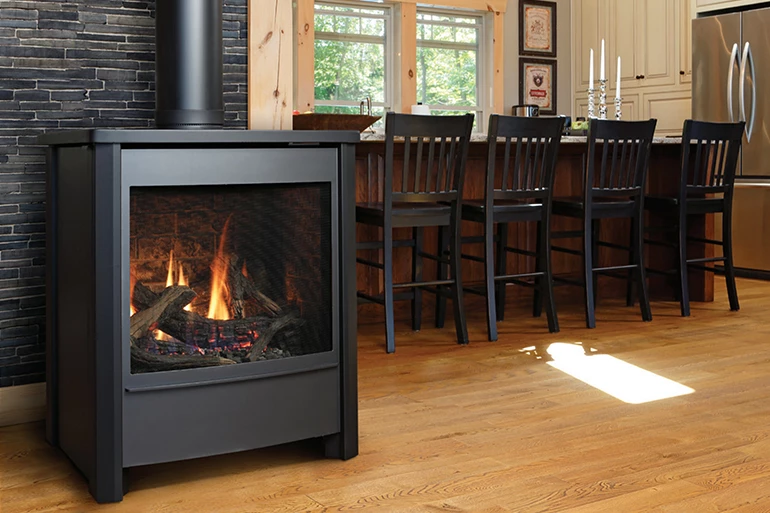What You Need To Know About Gas Stove Coverage And Efficiency
When talking about gas stoves or gas fireplaces, coverage and efficiency are important to consider to make sure you get the best stove for your home. Coverage and efficiency are related but separate issues that involve the effectiveness of your heating appliance. So, if you have questions about either of these terms and are considering a gas fireplace, this is the article for you.
When we talk about coverage for gas stoves, we are talking about the amount of space your stove can heat. Unlike wood stoves, gas stove coverage is judged only by BTU's. Gas stoves have varying vent types and capabilities, so it is best to evaluate their coverage by looking at the square feet of space you are trying to heat and multiplying that by 30 to determine the BTU's you need.
You can decrease the number you multiply by to 15 if you live in a warmer climate. You can also increase it to 40 if you live in an area with temperatures that are consistently below freezing. The adjustment on those numbers will help you account for your environmental differences & make sure you don't get too much, or too little, coverage.


